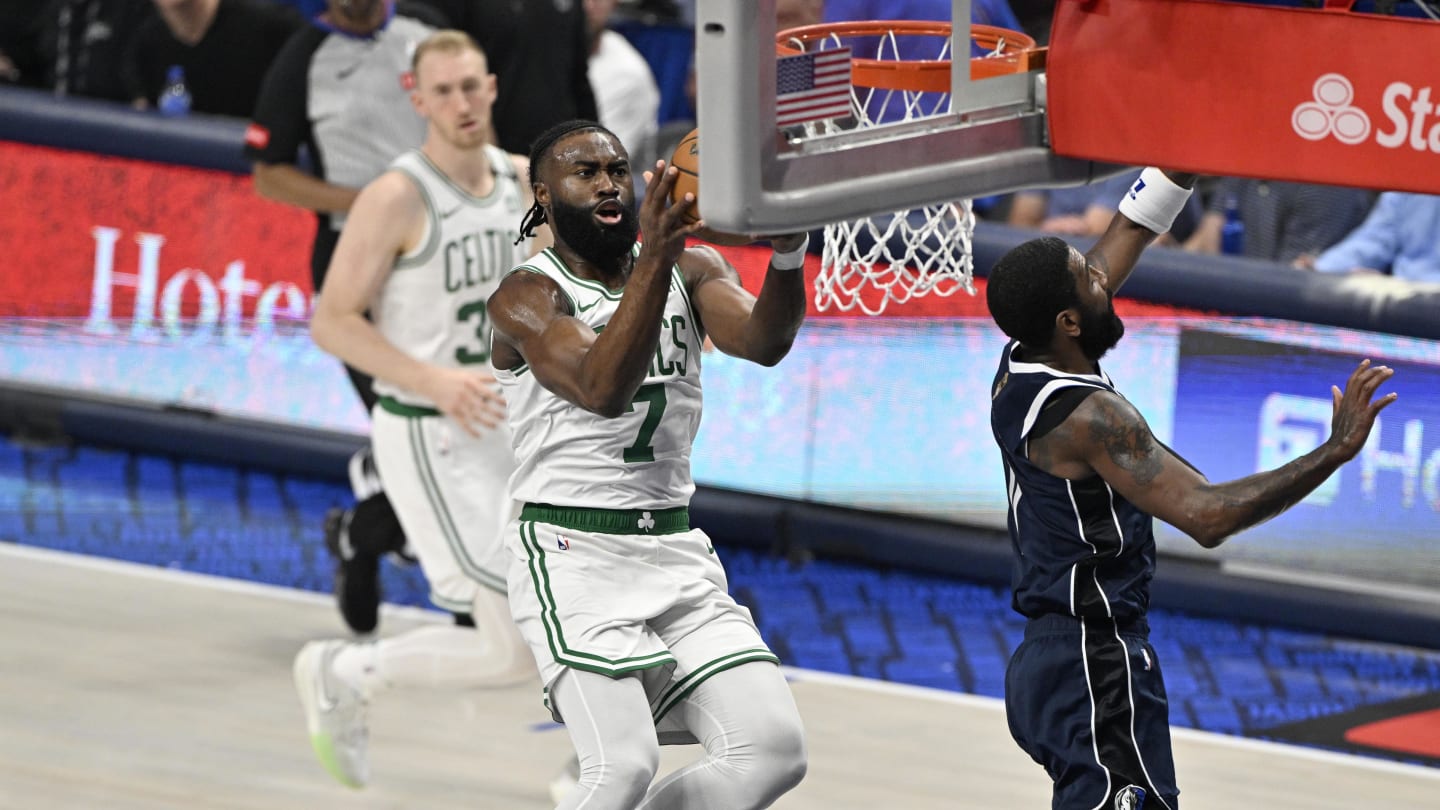So, you’ve got your draft slot and are ready to draft your fantasy football team.
Whether you are a first-time manager or an experienced champion, there is one plan you want to enter your draft with: When to draft a quarterback.
For many years, the advice was to wait to draft a signal-caller. After all, there are 32 NFL starting passers to choose from, and your team only needs one quarterback (assuming you are not playing in a superflex format — more on that in another article).
Most traditional leagues require a starting lineup that includes two running backs, two to three wideouts, one tight end, a flex player (RB/WR/TE), DST, and a kicker, but they only require one starting quarterback.
Look at it as simple supply and demand: It’s hard to pass up the value of a solid-floor running back or wide receiver in the early rounds when so many capable passers can be drafted later.
However, recently, the trend has been to draft a quarterback earlier.
Let’s take last year as an example.
In some CBS leagues, “elite” quarterbacks were going as early as the first round. In one of my ESPN leagues, the trigger was pulled on Patrick Mahomes as the first QB off the board- in Round 3 shortly after, followed by Josh Allen, Justin Herbert, Jalen Hurts, and Joe Burrow.
Josh Allen and Jalen Hurts proved to be solid picks at the position, finishing as the QB1 and QB2 for the season. However, Patrick Mahomes, Justin Herbert, and Joe Burrow did not live up to their draft day expectations. Mahomes finished as the QB8, Herbert as the QB17, and Joe Burrow missed much of the season due to injury.
Now, this could happen at any position. However, those frustrated with slow starts from Herbert or Burrow quickly found high-quality replacement options for the position. Jordan Love, CJ Stroud, and Joe Flacco were all available on the waiver wire. On a per-game basis, Flacco finished as QB4, Love was QB6, and Stroud was QB9.
Meanwhile, managers who opted to wait until later rounds to grab a “mid-tier” quarterback fared well in many cases. Dak Prescott, who finished as the QB3, went in the seventh round. Jared Goff, who ended as the QB7, went in Round 14. BothBrock Purdy, who finished as the QB6, and Baker Mayfield, who finished as the QB10, went largely undrafted.
Many of the teams that drafted Josh Allen, Lamar Jackson, and Jalen Hurts early were successful, so yes, that strategy can work.
But so were the teams that drafted Aaron Rodgers late—they lost him in the first week—and replaced him with Brock Purdy on the waiver wire.
Bear in mind that the delta between the QB1, Josh Allen, and the QB10, Kyler Murray, was 4.8 points on a per-game basis, while RB1, Christian McCaffrey, scored an average of 8.7 points per game more than RB10 Rachaad White, in PPR leagues.
So, I’ll stick with conventional wisdom, draft running backs and wide receivers early, and wait to grab a QB in later rounds. Quarterbacks tied to bad offenses can often be good late picks as the passing volume in a negative game script can pay dividends, as can pocket passers in good offenses. Ideally, we all want a quarterback with mobility for the rushing upside, but if your league goes on an early quarterback run, consider the cost/benefit analysis of what you could be passing up. Shake off the FOMO of not getting your stud QB early.
One last thing to mention: most leagues are PPR (points per reception) these days, which evens out the scoring contributions more between quarterbacks, RBs, WRs, and TEs. However, if you are in a standard league, you may want to consider a quarterback a few rounds earlier, as their contribution will be more heavily weighted.
As for the ESPN league I mentioned above, the team that drafted Dak Prescott in the seventh round finished 13-1 before ultimately losing in the fantasy championship to the 8-6 team with Patrick Mahomes.
I know because I was the 13-1 loser. Isn’t fantasy fun?















